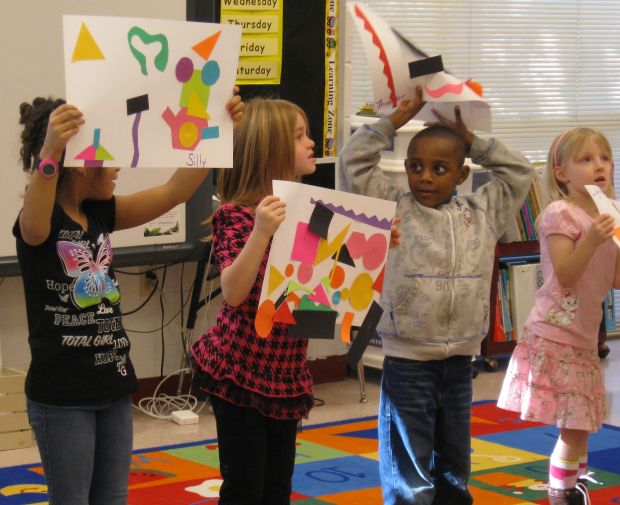
The Hill reports that the Trump administration is planning to eliminate the National Endowment for the Arts and National Endowment for Humanities.
It’s part of a package to reduce the national debt by $10 trillion over the next 10 years.
“The Trump Administration needs to reform and cut spending dramatically, and targeting waste like the National Endowment for the Arts and National Endowment for the Humanities would be a good first step in showing that the Trump Administration is serious about radically reforming the federal budget,” Brian Darling, a former aide to Sen. Rand Paul, R-Ky., and a former staffer at the Heritage Foundation, tells The Hill.
The NEA was founded by Congress in 1965, awarding $5 billion in arts grants since then, according to its latest annual report, which documented how it spent its $146 million in funding. Every congressional district got a piece of the pie.
The National Endowment for the Humanities, meanwhile, just announced $16.3 million in grants for the coming year, including a plan to make 5,600 Studs Terkel radio interviews available online, including those with Maya Angelou, Carl Sagan, Martin Luther King Jr., Bob Dylan, Janis Joplin, and Muhammad Ali.
For the record, MPR received a $100,000 matching grant for a project to diversify public media talent.
Also under the new president’s plan is the privatization of the Corporation for Public Broadcasting, according to The Hill, also a proposal from The Heritage Foundation, which claims a savings of $445 million per year.
In 2012, total spending on public broadcasting, derived from all federal and non-federal sources, amounted to $2.8 billion. In that year, 82 percent of this spending came from non-federal sources. The CPB made up only $444 million, or 16 percent, of this amount. Without federal funding for the CPB, services such as the Public Broadcasting Service (PBS) and National Public Radio (NPR), which receive funding from the CPB, could make up the lost money by increasing revenues from corporate sponsors, foundations, and members.
The goal of CPB is also increasingly met by other media sources. The range of television options has increased dramatically since the CPB was created in 1967. At that time, households faced very limited television options. In 2013, the average household had 189 channels.
